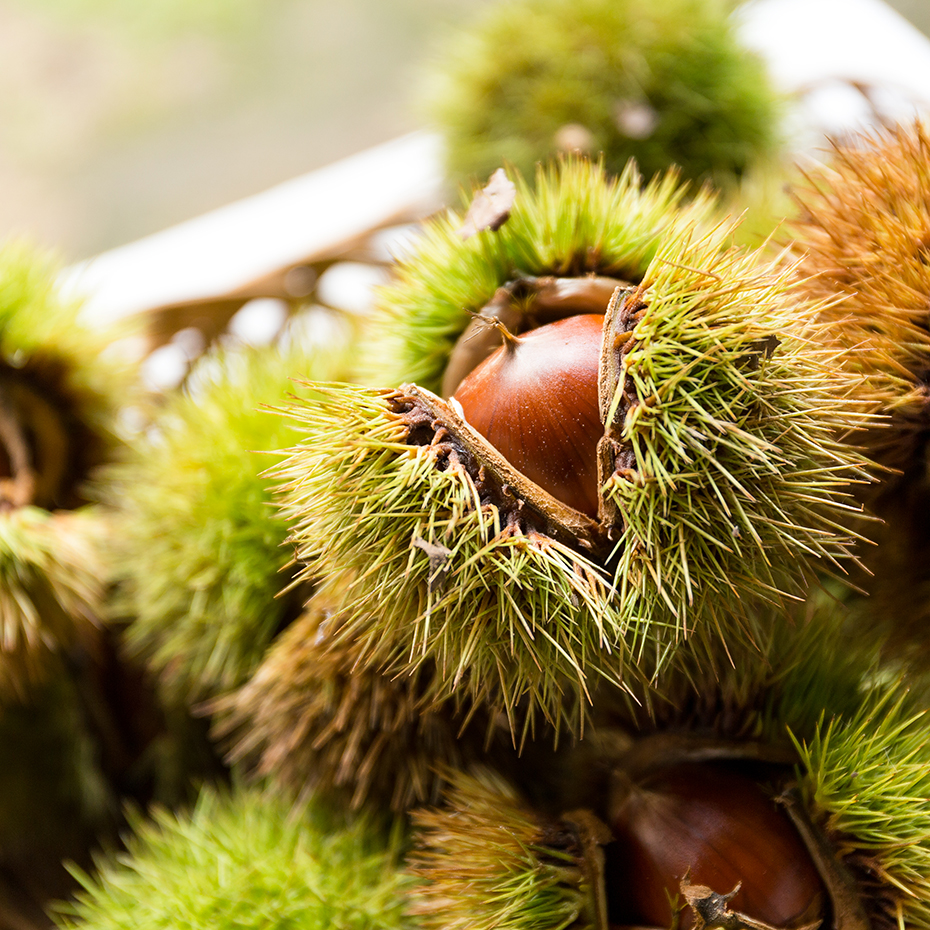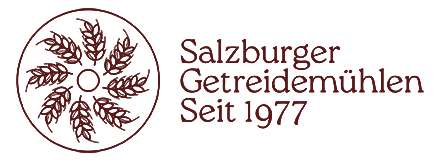
In nature grow many plants that can be used for the production of detergent. Among them are included horse chestnut, soapwort and, believe it or not, poison ivy. These plants contain natural soap substances that can be made into organic cleaners, natural detergents and cleaning and dishwashing products. The problem with our detergents today is the chemistry! In our wastewater, 40% of the pollutants are from detergents and cleaning agents. The chemicals in modern detergents cannot be completely removed in wastewater treatment plants and thus harm the soil, water bodies including aquatic life, plants and us humans. Nonylphenol is one of these substances and was found in all 60 controlled foods in a study. From apples to baby food to butter. Yes, nonylphenol was even discovered in breast milk.
For this reason, mankind should rethink and rather uproot a few plants instead of changing and destroying the animal and plant world with chemicals. In addition, these natural products are much healthier for the skin and also compatible for children, people with sensitive skin, neurodermatitis, psoriasis and allergies. After all, the thought alone of walking in the woods with friends or family members, gathering chestnuts and picking ivy is more inviting than going to the store and buying environmentally harmful, unnatural-smelling remedies for expensive money. Let’s try to minimize our ecological footprint together and work for a better world!
The washing plants contain saponins, which are the natural soap substances (lat. sapo = soap). These foam-generating natural surfactants soften the water and dissolve fats as well as dirt. Saponins are known for their cleansing, softening, expectorant and disinfectant effects. If soap substances remain in the clothes after washing, it is not a problem at all. They are hypoallergenic (do not cause allergy), disinfectant, anti-inflammatory and soothing. Their healing properties are also used in medicine: Horse chestnut helps with venous complaints, the ivy with coughs and the soapwort with viral infections. Due to its gentle action can also clean the body, hair and face. The residue of the washing plants after washing can be reused as fertilizer.
All advantages summarized:
Before starting, disinfect hands, work surface, accessories and packaging with 40% alcohol.
Washing plants go in harmony with all natural fibers such as cotton, hemp textiles, linen, wool and silk. As for functional clothing and microfibers: please follow the manufacturer’s washing recommendations – synthetic detergents are usually intended for this type of clothing. Especially for colorful textiles washing plants are very suitable. Whereas for washing white laundry additionally a mild organic detergent (half dosage should be enough) is recommended.
Stains and heavier soiling should please be pre-treated. Vegan bile soap, organic stain remover, or organic laundry detergent from the store are great for this. Simply moisten the stains a little and then spray or rub the stain remover on them and then leave for 30 minutes. Then the laundry is washed as usual. For heavier soiling, 2 tablespoons of washing soda or a mild organic detergent (half dosage) from the store are still recommended per wash cycle. It is recommended to let the laundry soak overnight, because in this way soiling can already be dissolved with a few chemicals.
The washing plants can be used for washing more often, but the washing power decreases with each wash. More details can be found below in the respective plant descriptions. For each wash cycle, the washing machine should be filled to 2/3!
The optimum washing temperature is between 30 and 50 °C. Please pay attention to the manufacturer’s recommendations. Please do not wash above 60°, because at temperatures in the higher range the tannins in the plants dissolve more and can fix stains and soiling in the textile fabric. Normal washing programs and water-plus programs are suitable. Express programs require proportionally more energy and detergent and are therefore not well suited. Washing plants are fragrance-neutral. But if you prefer to have your garment scented, you can mix 5-10 drops of a 100% pure essential oil with 50ml of vodka and put it in the fabric softener compartment. Or maybe stash a fragrant herbal sachet in your closet.
In our country, the Indian soap nut is a well-known remedy, but many do not know that the seeds of horse chestnut with 8-15% saponin has a similar washing power. 2-3 washes are possible with the horse chestnut, with the saponin content decreasing per wash. One kilogram of chestnut powder covers the annual detergent needs of one person and replaces 8 kg of conventional detergents! Comparing a detergent from the store and the horse chestnut detergent, the chemical detergent is 8 times more harmful to algae and 100 to 1000 times more harmful to aquatic life than the horse chestnut detergent.
The seeds of the horse chestnut can be confused with the edible fruits of the sweet chestnut, which, however, do not contain soap substances. Horse chestnuts are 3-5 cm tall, have a shiny smooth surface and are red-brown. On the broad side they have a white large spot, which is dull and slightly tomentose. From mid-September you can go in search of the brown seeds. The shell should be intact and have no cracks.
The collected horse chestnuts should be processed as fresh as possible, because the dry chestnuts become very hard and then can be processed only with powerful equipment. However, if you still store them a little, they should be turned regularly.
Cleaning: Only just before further processing, wash the chestnuts with water and dry them well.
Crushing: The seeds are relatively large and hard and usually not suitable for conventional kitchen utensils. Therefore, please first cut into 1 cm pieces with a knife.
Pulverize: After processing with a knife, pulverize the small pieces in a food processor, multi-shredder or meat grinder. Designed power machines such as professional blenders, ice crushers and choppers can also process whole and dry chestnuts into powder without being chopped with a knife beforehand.
Drying: Let dry in a warm, airy or sunny place, turning from time to time. Recommended grids and cloths, under which air can get.
Storage: Put the dried horse chestnut powder in an airtight jar and you’re done. At room temperature, the powder has a shelf life of several years.
Ingredients: 50g dried horse chestnut powder and 1L water
Preparation: Fill the dry powder with water in a tall container and mix with a blender, then filter the horse chestnut extract with a fine sieve. Pour the resulting clear elixir directly onto the laundry in the washing drum. In case of hard water, you should empty another 50ml of natural vinegar into the detergent compartment and wash the clothes as usual. Air dry the filtered chestnut residue, it can be used for 2-3 more courses.
Ingredients: 5-10 fresh horse chestnuts
Preparation: You can also wash your clothes with fresh chestnuts. To do this, you need to cut the seeds into 1 cm pieces, put them in a cloth bag or sock and put them in the washing drum. In case of hard water, you should empty another 50ml of natural vinegar into the detergent compartment and wash the clothes as usual. After the washing process, air dry the chestnut bag. Up to 3 times you can repeat this process with the same chestnuts.
The whole thing can also be done with the dry chestnut powder! Same process, only instead of the 5-10 chestnuts, take 50g of the dry horse chestnut powder described earlier!
Address:
Gasteigweg 25,
5400 Hallein
Austria
Opening hours:
Monday to Thursday: 09 – 16:00
Friday: 09 – 12:00
Contact:
Phone: +43 6245 83282
E-mail: info@agrisan.at
Address:
Gasteigweg 25,
5400 Hallein
Austria
Opening hours:
Monday to Thursday: 09 – 16:00
Friday: 09 – 12:00
Contact:
Phone: +43 6245 83282
E-mail: info@agrisan.at

